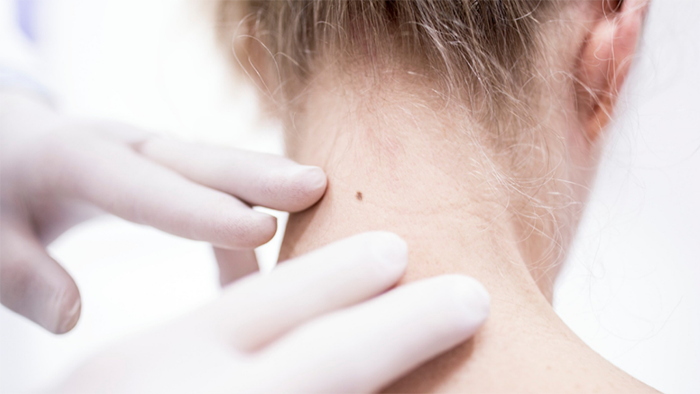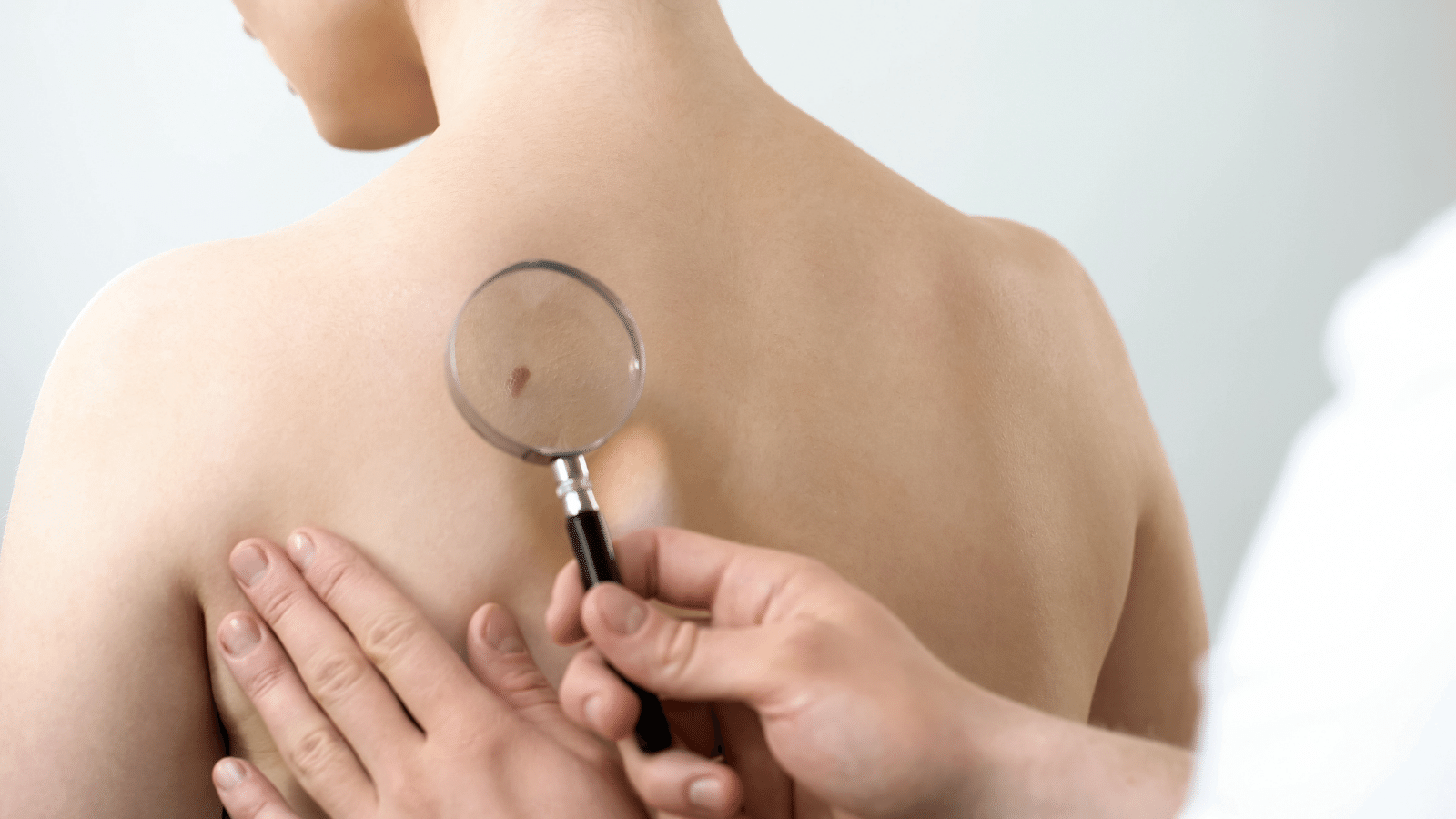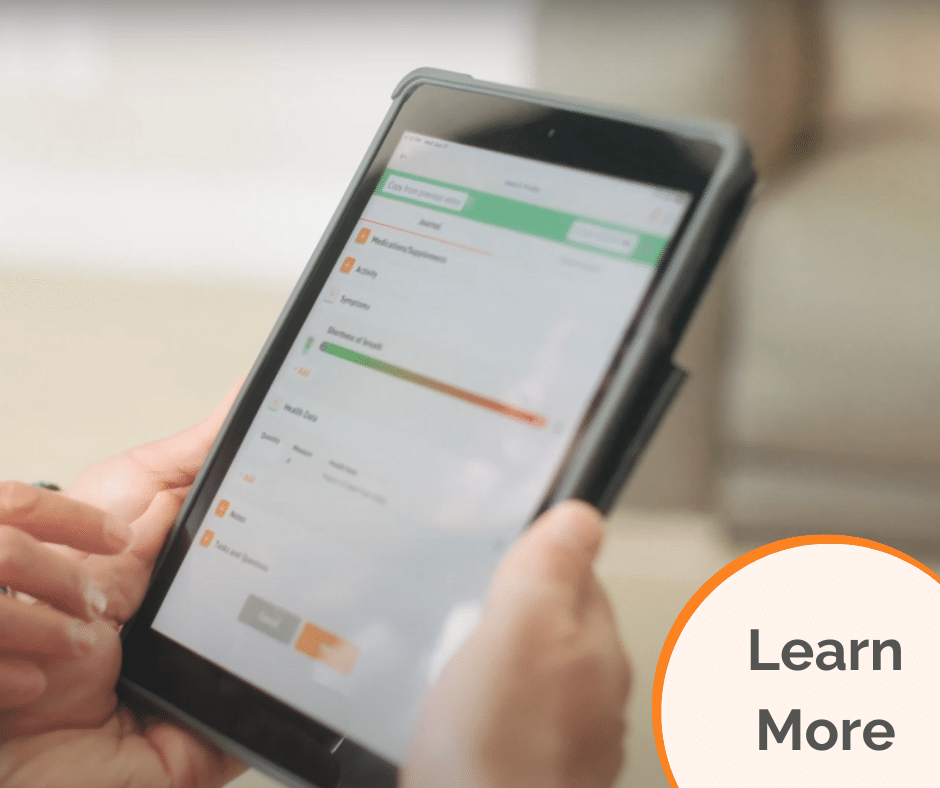Using Zamplo for Routine Self-Monitoring of Skin Cancer
With skin cancer becoming more prevalent, it’s important to watch for changes in symptoms such as a new growth on your skin or a change in an already existent mole. Having routines in place can help remind you to do a self-examination, take medications, and document any symptoms. Zamplo allows individuals to create a virtual health binder where they can keep all their health data in one location. Track and manage your routines by creating journals, adding attachments, tracking symptoms and medication, and creating reports. Users can also set reminders for specific time periods to help them remember reoccurring health responsibilities they manage. Let’s explore more in-depth on how Zamplo can help you manage your health.
Use Zamplo to Create Journals
Zamplo allows patients to track their health journey by adding journal entries for the documentation of their health data. Every month when you do your self-monitoring, you can create journal entries to report on your findings. You can add notes to your journal entries that describe any changes to your skin. Additionally, you can add morning and evening routines where you track symptoms and medications, monitor health data, add attachments, and write down questions. Friends and family can also play a huge role in the health care journey you are on, which is why Zamplo allows you to easily invite a caregiver to contribute, view, and manage your health data.
Add Attachments Into Your Virtual Binder
An important step of self-monitoring for skin cancer is to take pictures of your skin. Whether you’re taking photos of new growths or the current state of freckles and moles, taking photos can help when you need to reference back to them. You can add images to your virtual binder using the attachments feature. With this feature, you can attach images to a new journal entry, an existing journal entry, a contact, or as a current medication or therapy. The attachments feature can also be used to document lab results, MRI/CT/PET scans, pathology reports, blood work, prescriptions, and referrals. Attachments can help navigate a health binder and provide a clearer look at your self-monitoring session. This makes it easy to reference back to when you want to show a doctor, dermatologist, or health care provider your findings from the self-examination.

Tracking Symptoms and Medication
Create journal entries for morning or nightly routines where you document any symptoms you are experiencing, and want to track the medications you are taking. It can be hard to remember everything that a health journey encompasses, and creating routines can help minimize this stress. Creating a routine allows you to monitor immunotherapy, dabrafenib, trametinib, or other medications to ensure you are taking them on time. Other areas of focus that you can track by creating routines are activity levels, mental health check-ins, and symptoms. Creating a routine to track symptoms can allow you to notice more accurate trends and changes in your health data. This data can be graphed to help visualize the changes and trends.
Better Prepare for Appointments
When you have a virtual binder you routinely use, it’s easier to jot down questions and notes since it’s all kept in one place that you visit often. When you do your monthly self-monitoring or daily routines, if any questions arise that you want to ask a doctor, dermatologist, or health care provider, you can write them down in the virtual health binder. You can create reports with the information in your journal entries to provide a snapshot of your health data that you can then give to a health care provider. This can help to decrease the frustration that you might feel when explaining the same health story to three different health care providers in one day and it can also minimize how overwhelming it is trying to compile your data. This can lead you to feel more confident, organized, and empowered to advocate for yourself during these appointments.

What to Do if You Notice Changes or Are Uncertain About Your Health Data
While you document your health data, if there’s anything that concerns you or leaves you feeling uncertain, talk to your doctor. When doing self-monitoring of your skin, if you notice any changes or new growths, ensure you reach out to your doctor as it could be skin cancer. Creating routines to document your health can help with early detection and will lead to faster treatment and can yield more positive results.
Creating routines can aid in staying on track with your health care journey and will help with the early detection of symptoms. Adding attachments, notes, and symptoms to your journals on a routine basis will help you to see trends and any abnormalities. Getting started on a new health journal can be daunting, but with the help of useful tools like Zamplo, it doesn’t have to be.
To use Zamplo for creating a routine and tracking health data, click here.
Share this
You May Also Like
These Related Stories
%20(1)-3.png?width=940&height=788&name=Updated%20Blog%20Images%20(Blog%20listing)%20(1)-3.png)
How to Get Into the Healthy Habit of Self-Monitoring for Skin Cancer
%20(2)-1.png?width=940&height=788&name=Updated%20Blog%20Images%20(Blog%20listing)%20(2)-1.png)
Incorporating Zamplo Into Your Daily Routine
%20(4).png?width=940&height=788&name=Updated%20Blog%20Images%20(Blog%20listing)%20(4).png)
.png?width=500&height=200&name=Zamplo%20Logo%20(1).png)



%20(2).png?width=940&name=Blogs%20Product%20Image%20(940%20%C3%97%20200%20px)%20(2).png)

No Comments Yet
Let us know what you think